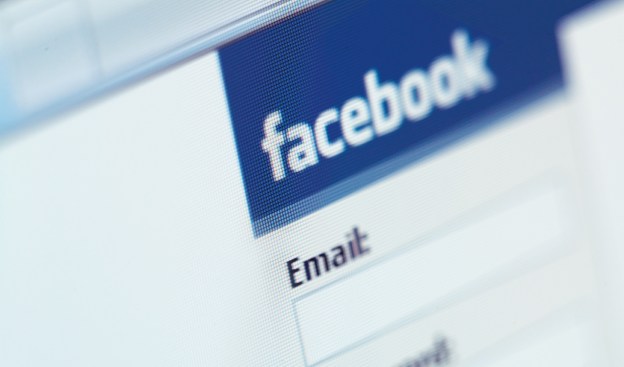
Based on information collected from 1,500 consumers by Beyond and M Booth, one out of five consumers in the United States turn to Facebook to research a product before making a purchase decision. These consumers avoid using search engines to find product coverage on review sites and look to Facebook to locate product recommendations from friends or research product information on the official company brand page. Over half of the respondents use Facebook to interact with a brand and a third have written a product review on the Internet. Less frequently purchased products that were typically more complex and expensive required a much higher amount of Internet research time than low cost items.
People who are more likely to share information about a product they recommend are typically younger consumers that are brand loyal and own multiple Internet devices. Social consumers are most influenced by earned channels, owned channels and search channels. Earned channels include blog posts, word of mouth, news articles and review sites. Owned channels are comprised of Facebook, Twitter, YouTube videos and brand pages. Baby and beauty products were the most influenced by all channels. On the flip side, earned and owned channels have little influence on personal finance, restaurants and travel decisions, but organic and paid search results largely influence those categories.
Facebook has the most influence on baby brands, YouTube has the most influence on music brands and review sites influence consumers the most on purchases of new electronics. The least influential channels include Twitter, Foursquare, Wikipedia, blog posts and Facebook comments. After the consumer has researched the product through these channels, over 30 percent of the respondents made a purchase. Twenty percent were prompted to recommend the product, but over one in four consumers didn’t take any action after researching the product.


